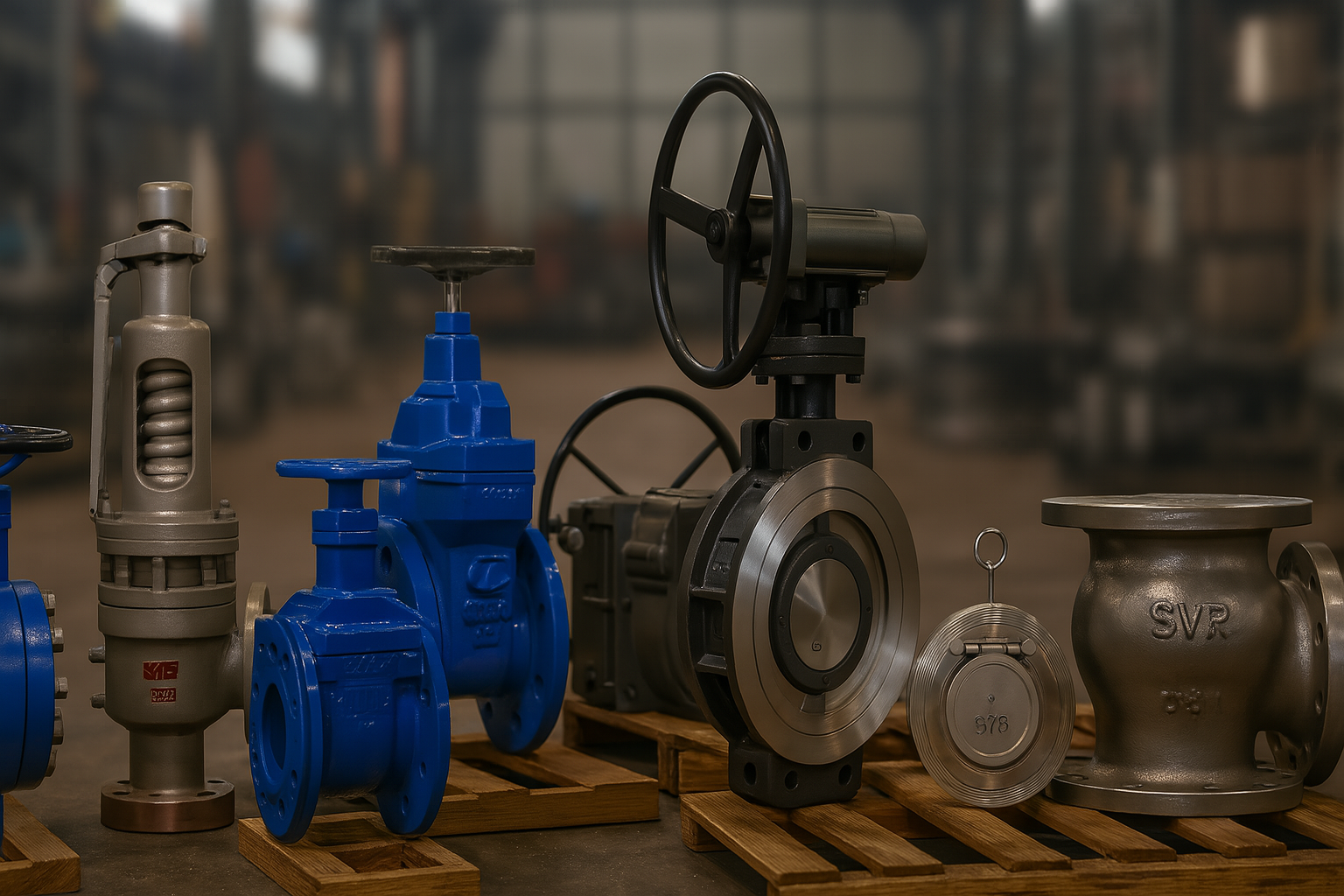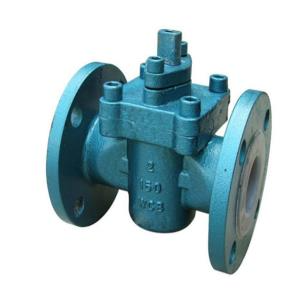
Blog
LUBRICATED VS NON-LUBRICATED PLUG VALVES

Middleeast Valve is among the best valve manufacturer and distributor in the Middleast countries like Saudi Arabia, Riyadh, Kuwait, Iran etc. We boast ourselves as being a trustworthy industrial valve solution provider across the Middle East. Be it oil & gas or water treatment, or petrochemicals, our clients trust us to deliver accurate, dependable, and efficient flow control systems. The most controversial of the valve choice topics is Lubricated vs Non-Lubricated Plug Valves. While both serve the same ends—managing the flow of liquids within pipes—their engineering, upkeep requirements, and suitability to given instances are rather diverse. Being aware of these differences is central to determining the proper choice for your application.
Definition: Lubricated and Non-Lubricated Plug Valves
A lubricated plug valve contains a tapered or cylindrical plug that rotates inside the valve body to regulate flow. The characteristic is the use of a seal lubricant, which is pumped between the plug and the body in order to reduce friction and create a good seal. Lubricated plug valves are commonly used in high-pressure and high-temperature applications and are often lubricated.
Non-lubricated plug valves, however, use a polymeric sleeve or elastomeric liner between the plug and valve body to minimize friction and eliminate the need for external lubrication. The valves are used in applications where maintenance access is limited or lubricant contamination has to be avoided.
Major Components
Lubricated Plug Valve:
- Plug: Usually tapered and rotates to open/close flow
- Body: Houses the plug and flow passages
- Lubrication System: Injection ports or grease fittings for sealant
- Stem: Joins plug to handle or actuator
- Sealant Grooves: Lubricant-distributing channels
Non-Lubricated Plug Valve:
- Plug: Rotating, tapered or cylindrical plug
- Body: Support for the plug and flow ports
- Sleeve or Liner: Low-friction, non-metallic material
- Stem: Transfers motion of actuator/handle
- Seating Mechanism: Self-lubricating or soft-seated type
Working Mechanism
Lubricated Plug Valve
As the handle or actuator is turned, the plug turns and aligns the passageway in the plug over the pipe, allowing for fluid flow. The lubricant injected seals small openings and allows for the creation of a leak-free seal and prevents metal-to-metal contact, hence decreasing friction. Lubrication prevents corrosion and enables smooth flow, particularly in big or high-pressure valves.
Non-Lubricated Plug Valve
These also function in the same way by rotating the plug to align or shut off the flow. But with grease substituted by a durable sleeve or bushing with materials like PTFE, it provides the seal and reduces friction. It eliminates lubrication requirements and significantly reduces maintenance needs.
Advantages
Lubricated Plug Valve:
- Improved sealing at high pressure and temperature
- Durable and long lasting in harsh operating conditions
- Simple maintenance through periodic lubrication
- Ideal for heavy-duty and large-diameter pipe lines
Non-Lubricated Plug Valve:
- Maintenance-free design—no lubrication needed
- Cleaner operation—no risk of fluid contamination
- Lightweight and compact design
- Cost-effective for low to medium pressure operations
- Most ideal for systems with little downtime
Industries Served
Lubricated Plug Valves:
- Oil & Gas (upstream, midstream, downstream)
- Petrochemical plants
- Power generation
- Heavy-duty industrial and refining operations
- High-pressure steam systems
Non-Lubricated Plug Valves:
- Water and wastewater treatment
- HVAC and building utilities
- Chemical industries (non-corrosive or clean fluids)
Why is it required?
Knowing when to use a lubricated and when to use a non-lubricated plug valve is essential to the efficiency, safety, and cost-effectiveness of your pipe systems. A lubricated valve is best used where high sealing strength and high endurance are needed. But in sanitary application or where lubricant contamination poses a potential risk, a non-lubricated plug valve is better. Choosing the wrong one can lead to high maintenance, poor sealing, or valve failure. That is why engineers and procurement professionals should learn the Lubricated vs Non-Lubricated Plug Valves comparison.
Why Customers Should Buy from Middleeast Valve
Not only do we supply quality plug valves at Middleeast Valve, but we also help you select the right product for your system. Our valves are internationally tested to standards (API, ANSI, ISO) and work closely with clients to offer solutions that meet special flow, pressure, and temperature requirements.
Why Choose Us:
- Large stock of lubricated and non-lubricated plug valves
- Customized solutions for challenging environments
- Certified quality and proven durability
- Quick shipping and responsive customer service
- Technical support from selection to installation
Conclusion
In summary, knowing the difference that is Lubricated vs Non-Lubricated Plug Valves is important to ensuring long-term reliability and performance in your pipeline systems. Lubricated plug valves are best for tough, high-pressure applications, whereas non-lubricated valves offer clean, low-maintenance solutions for less demanding or contamination-sensitive operations.
Rely on Middleeast Valve to get it right each and every time. Leveraging our depth of experience, higher-quality products, and focus on customer success, we are your single-source partner for all industrial valves. Get in touch with us today to find out more or get a quote.

